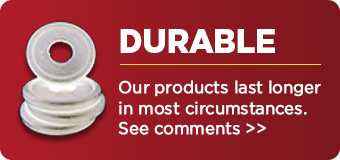The Effect of UV Radiation on Rubber
Rubber seals are made from flexible materials like rubber. However, before choosing a seal for your application, you must ensure it meets the requirements. For instance, some rubber materials are not weather-resistant. Therefore, they deteriorate over time, making your equipment unsafe.
Luckily, this article serves as your ultimate guide to UV-resistant rubber. It delves into how UV rays impact rubber and guides you in selecting the right UV-resistant materials for your needs. Keep reading to unlock this valuable knowledge!
What is UV Radiation?
Unfortunately, as UV exposure is harmful to humans, it is also detrimental to elastomers. Ozone & UV Ozone not only occurs naturally but can also be generated in instances such as outdoor enclosures which commonly house electrical equipment. Exposure to UV can also be detrimental to the lifespan of a component and result in cracking or disintegration.
How Does the Sun Affect Rubber?
The effects of the sun on rubber include loss of flexibility and elasticity, crack formation, disintegration, and loss of moss. Other products of the sun on rubber include color fading and deterioration.
When a product or component is exposed to direct sunlight, its internal temperature can be increased to more than 60°C and this heat cycling can accelerate compression set in many materials. A suitable material needs to be considered for outdoor applications and applications with exposure to UV or ozone.

How Does the Sun Affect Rubber?
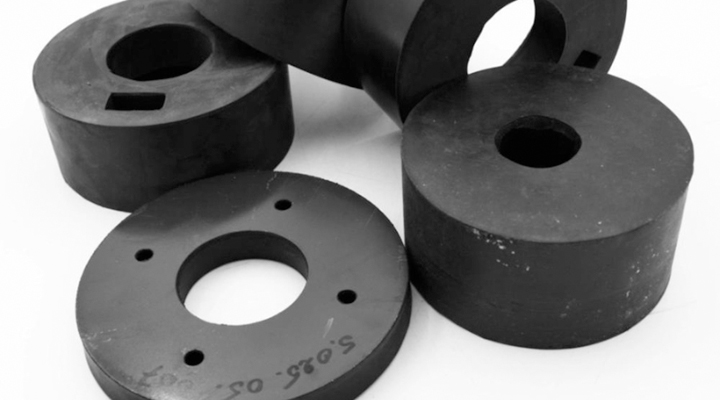
It is important to note that polymers like EPDM can also undergo chain scission and cross-linking. Nevertheless, because cross-linking reactions are more dominant, there is a higher chance of the polymer hardening over time.
What is UV-resistant Rubber?
It is important to note that polymers like EPDM can also undergo chain scission and cross-linking. Nevertheless, because cross-linking reactions are more dominant, there is a higher chance of the polymer hardening over time.
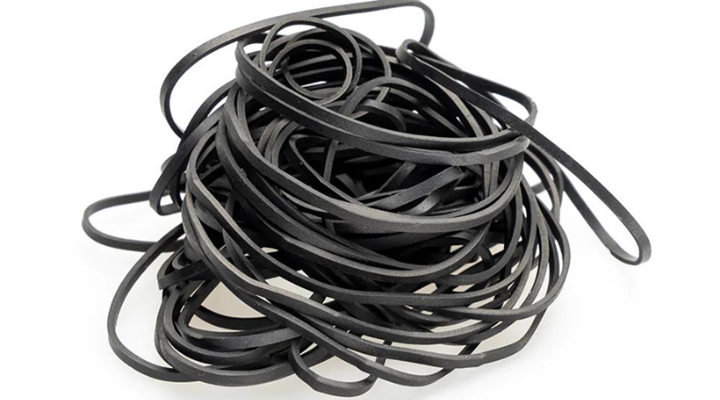
Nevertheless, on exposure to direct sunlight, UV-resistant materials retain their mechanical properties, including strength, hardness, and elasticity. However, it is essential to note that not all types of rubber have UV resistance.
What are UV-resistant Rubber Benefits?
- Weather Resistance: UV-resistant rubber is suitable for outdoor use because it can withstand UV light and ozone exposure. Consequently, outdoors, they do not lose shape, elasticity, or mechanical properties.
- Durability: the resistive properties of UV-resistant rubber make them durable. Therefore, gaskets and seals made from UV-resistant rubber save costs in the long run because they last a long time without wearing or tearing.
- Thermal stability: UV-resistant rubber also has high-temperature stability. Because there are different types of UV-resistant rubber, their thermal stability varies. Nevertheless, they are all suitable for high-heat applications.
- Rebound properties: UV-resistant rubber also has excellent tensile strength and compression resistance. Therefore, they have rebound properties after exposure to compression sets.
What are the Types of UV-resistant Materials?
Although there are several types of rubber, not all are UV-resistant. Oftentimes, these situations require an elastomer with excellent chemical resistance, physical properties, and high-temperature resistance. Rubber materials that can withstand UV radiation include the following;
- Fluoroelastomer
- Polyurethane
- EPDM rubber
- Silicone rubber
- Butyl rubber
- Neoprene
- HNBR
- CSM
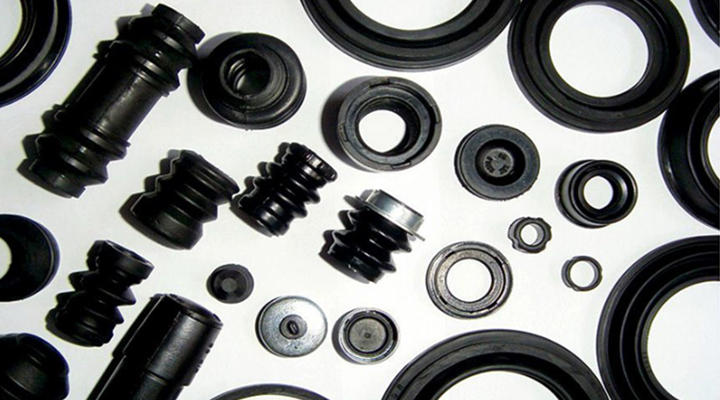
Fluoroelastomer (Viton®)
Viton is a synthetic rubber based on fluorocarbon. In addition to its UV-resistant properties, the material has excellent chemical resistance. Viton can also withstand continuous temperatures between -26 degrees C and 230 degrees C. For intermittent use in high-temperature environments, Viton can withstand temperatures up to 260 degrees C. Other properties of Viton include its resistance to mineral oil, fuel, and synthetic hydraulic fluids.
Polyurethane
Polyurethane helps produce elastomers, sealants, coatings, and adhesives. They are also suitable for ball bearings, car wheels, pulley wheels, and conveyor rollers.
EPDM Rubber

Foam EPDM rubber is a very weather-resistant raw material, making this foam rubber highly resistant to UV radiation and ozone. EPDM rubber is highly flexible and durable. It is therefore used to manufacture window and door seals in vehicles. Furthermore, these synthetic rubber compounds help make cooling system hoses and non-slip coatings.
Silicone
Silicone rubber compounds are widely used to manufacture O-rings, gaskets, food-grade seals, and electrical insulators.
Butyl Rubber
Butyl rubber is useful in applications requiring low gas permeability. Therefore, this material is used to manufacture tubeless tires, gaskets, o-rings, and hoses. It also makes gas masks and waterproofing materials like tanks and pond liners.
Neoprene
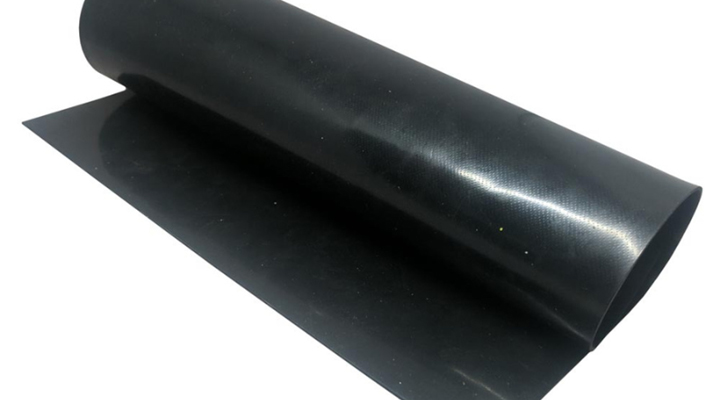
HNBR
HNBR is short for hydrogenated nitrile rubber. Those rubber compounds have excellent physical and chemical properties making them suitable for several applications. Although HNBR has UV resistance, it is not as resistant as Silicone or Viton to UV rays. Other good mechanical properties of HNBR include its good compression set, tensile strength, and abrasion resistance. Furthermore, this synthetic polymer can withstand a wide temperature range between -30 degrees C and 150 degrees C.
HNBR is compatible with hot and cold water. It is also suitable for use with fuels, acids, alkalis, and alcohol. HNBR is helpful in the automotive industry and ideal for applications like gaskets and seals in the oil and gas industry.
CSM
CSM is suitable for use in electrical applications. In addition, the material is used to manufacture static seals, wire and cable, and automotive components.
What is the Best UV-resistant Rubber?
Consequently, there is no definitive best. Instead, the best UV-resistant rubber will be the one that most suits your application at minimal costs.
Where are UV-resistant Rubber Materials Used?
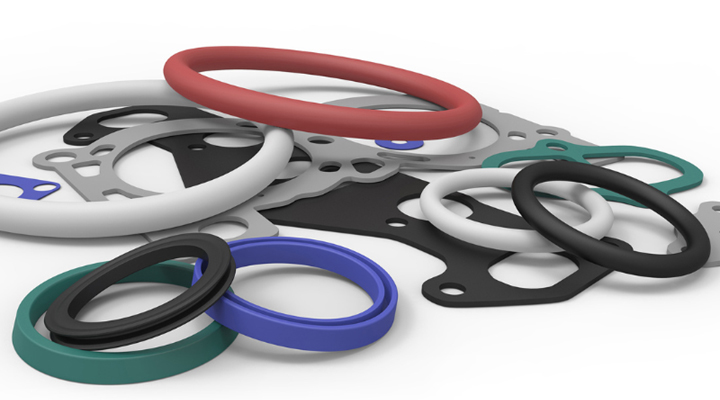
What Protection Does UV-resistant Rubber Offer against the Sun’s Rays?
On the other hand, UV-resistant rubber like EPDM, Silicone, and Viton have saturated backbone structures. These structures, consequently, protect the rubber from the effect of the sun’s rays. Therefore, these rubber materials retain their physical and chemical properties even with prolonged exposure in outdoor applications.
Is Natural Rubber UV-resistant?
The extent of degradation of natural rubber due to UV exposure depends on the size of exposure and the part exposed to the radiation source.
Is Vulcanized Rubber UV-resistant?
Vulcanized rubber is more robust than natural rubber. This type of rubber is produced by treating rubber with sulfur, accelerators, and activators to improve its properties. Consequently, the vulcanization process gives rubber enhanced tensile strength, excellent weather resistance, and elasticity. However, although vulcanized rubber has more UV resistance than natural rubber, it does not possess as many UV-resistant properties as other UV-resistant rubber materials.
Are All Synthetic Rubber UV-resistant?
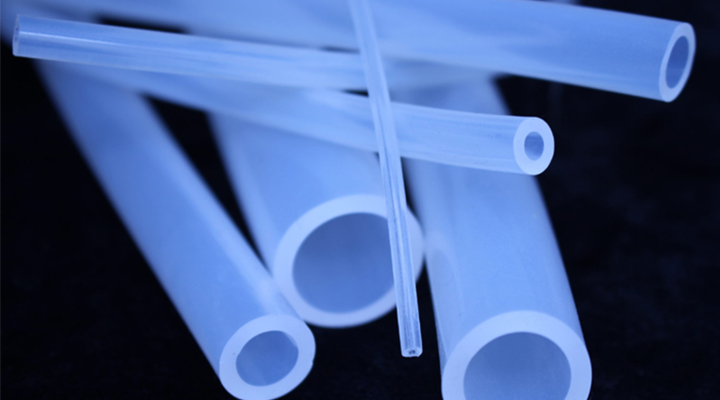
General Properties of Different Types of Rubber
The table below contains an overview of the most common types of rubber compounds’ ability to withstand UV light and weathering and to hold up outdoors. Consequently, it is easier to choose one that suits your application.
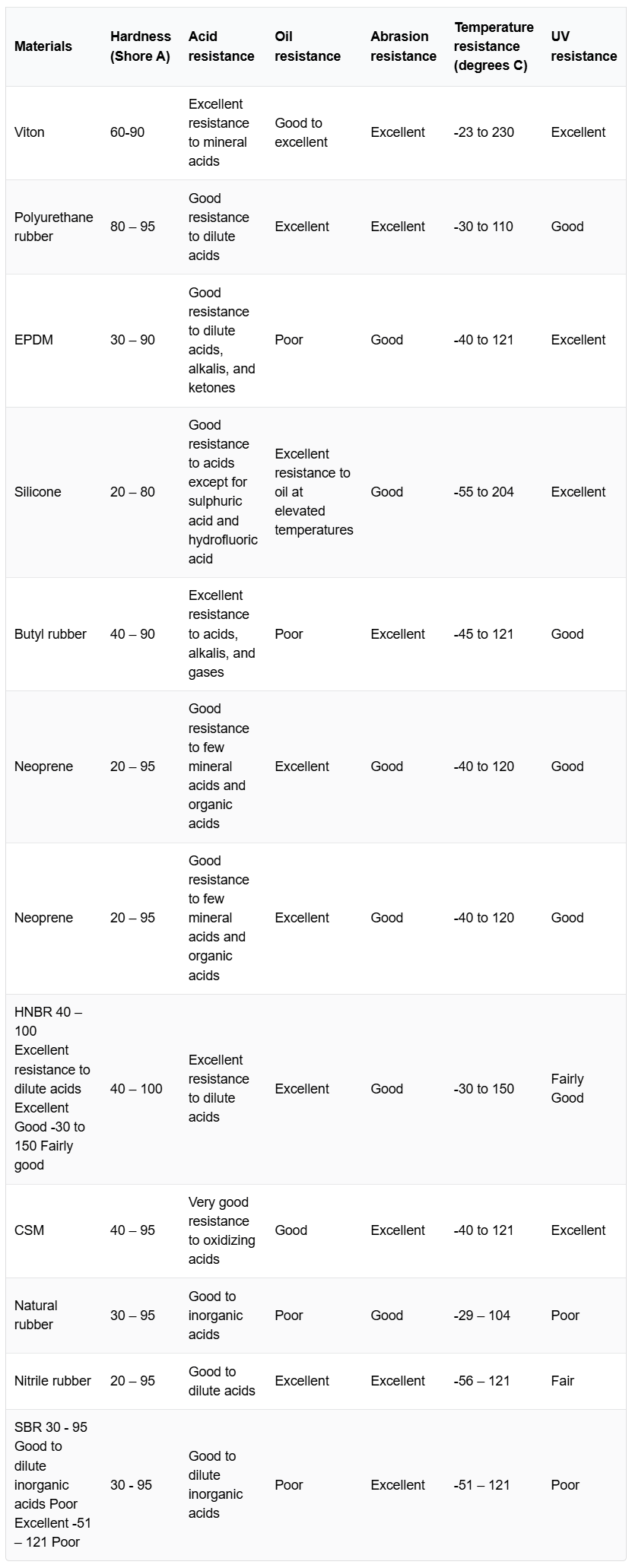
How to Test The UV Resistance of Rubber?
It is best to examine the samples at intervals, for example, two hours, and carefully measure and record the results.
Disadvantages of UV-Resistant Materials
Although all UV-resistant rubber has advantages, it also has disadvantages. These disadvantages include the following;
Viton: this rubber material is incompatible with ketones, organic acids, amines, and ester solvents. In addition, although Viton is suitable for high-heat applications, the material is not flame-resistant. Under excessively high temperatures, the rubber material decomposes and releases hydrogen fluoride.

